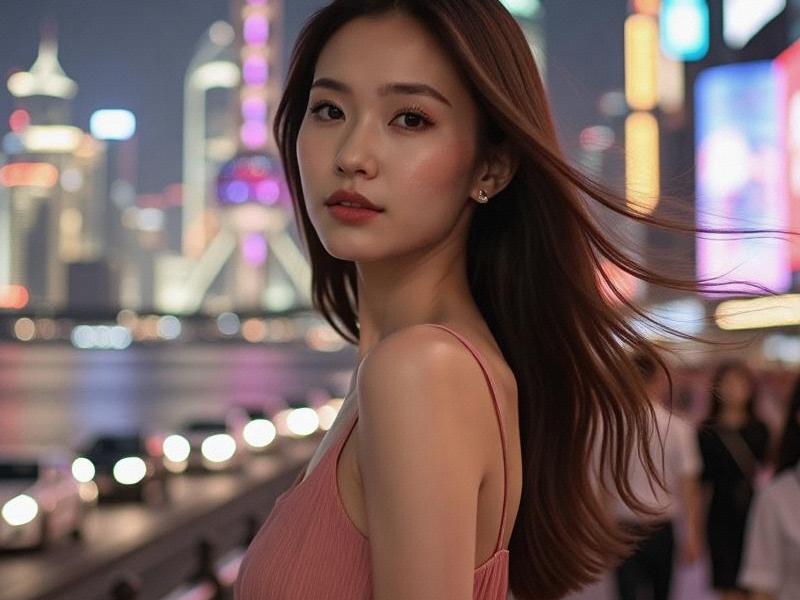
The streets of Shanghai serve as an ever-changing runway where the city's women showcase what many fashion historians now call "the most distinctive urban femininity in Asia." From the tree-lined avenues of the French Concession to the neon-lit pedestrian malls of Nanjing Road, Shanghai's women have cultivated a style vocabulary that resonates globally while remaining unmistakably local.
"Shanghai girls have always been China's fashion pioneers," explains Dr. Mei Lin, cultural historian at Fudan University. "In the 1920s, they created the qipao revolution. Today, they're blending high fashion with streetwear, traditional elements with futuristic concepts - it's this fearless eclecticism that defines contemporary Shanghai style."
The statistics confirm Shanghai's fashion leadership. The city boasts China's highest per capita spending on apparel (¥8,742 annually), with women under 35 accounting for 68% of luxury purchases. Over 42% of Shanghai's female professionals report spending more on clothing than rent - a phenomenon sociologists term "apparel investment."
上海龙凤419贵族 Career success fuels this sartorial confidence. Shanghai leads Chinese cities in female economic participation (83.6%), with women holding 41% of senior management positions in multinational corporations. The "Shanghai She-Economy" generates ¥1.2 trillion annually, supporting over 200 female-focused fashion startups like boutique label Ms. Min and sustainable brand Icicle.
Beauty standards here reflect cosmopolitan values. While porcelain skin remains prized, Shanghai women increasingly celebrate diverse looks - freckled influencer ChelseaInShanghai has 2.7 million followers praising her "imperfect" beauty. The city's plastic surgery clinics report declining demand for double eyelid procedures, with more clients requesting "natural enhancement" instead.
上海花千坊爱上海 Cultural preservation meets innovation in Shanghai's style scene. Young designers like Susan Fang reimagine traditional elements - her "knotting technique" dresses sell out within hours at Labelhood, Shanghai's answer to Paris' Colette. Meanwhile, the Shanghai Qipao Club teaches over 5,000 women annually how to wear the iconic dress in modern contexts.
Education plays a crucial role. The Donghua University Fashion Institute graduates 1,200 students yearly, while the Shanghai International Fashion Federation's mentorship program connects established designers with emerging talent. "We're not just making clothes," says program director Vivian Wang. "We're crafting Shanghai's visual identity for the world."
爱上海419 Social media amplifies this influence. Shanghai-based fashion bloggers like ShanghaiStyleDiary (4.3M followers) demonstrate how to pair ¥50 market finds with designer pieces. The ThisIsShanghaiStyle hashtag has generated over 800 million views on Douyin (China's TikTok), inspiring imitations from Seoul to Singapore.
Yet challenges persist. The pressure to maintain "perfect" appearances contributes to stress, with 38% of Shanghai women in a recent survey admitting to "outfit anxiety." Counter-movements like the "Shanghai Casual Collective" promote dressing for comfort, while feminist groups criticize unrealistic beauty standards in advertising.
As evening falls on the Bund, watching Shanghai's women navigate the city - whether in power suits heading to Lujiazui finance towers or in avant-garde ensembles bound for Xintiandi galleries - one witnesses more than fashion. These are the confident strides of women who've created a new template for Chinese femininity: globally aware yet locally rooted, ambitious yet creative, traditional yet revolutionary. In Shanghai, style isn't just about what you wear - it's a visual manifesto for modern womanhood.
